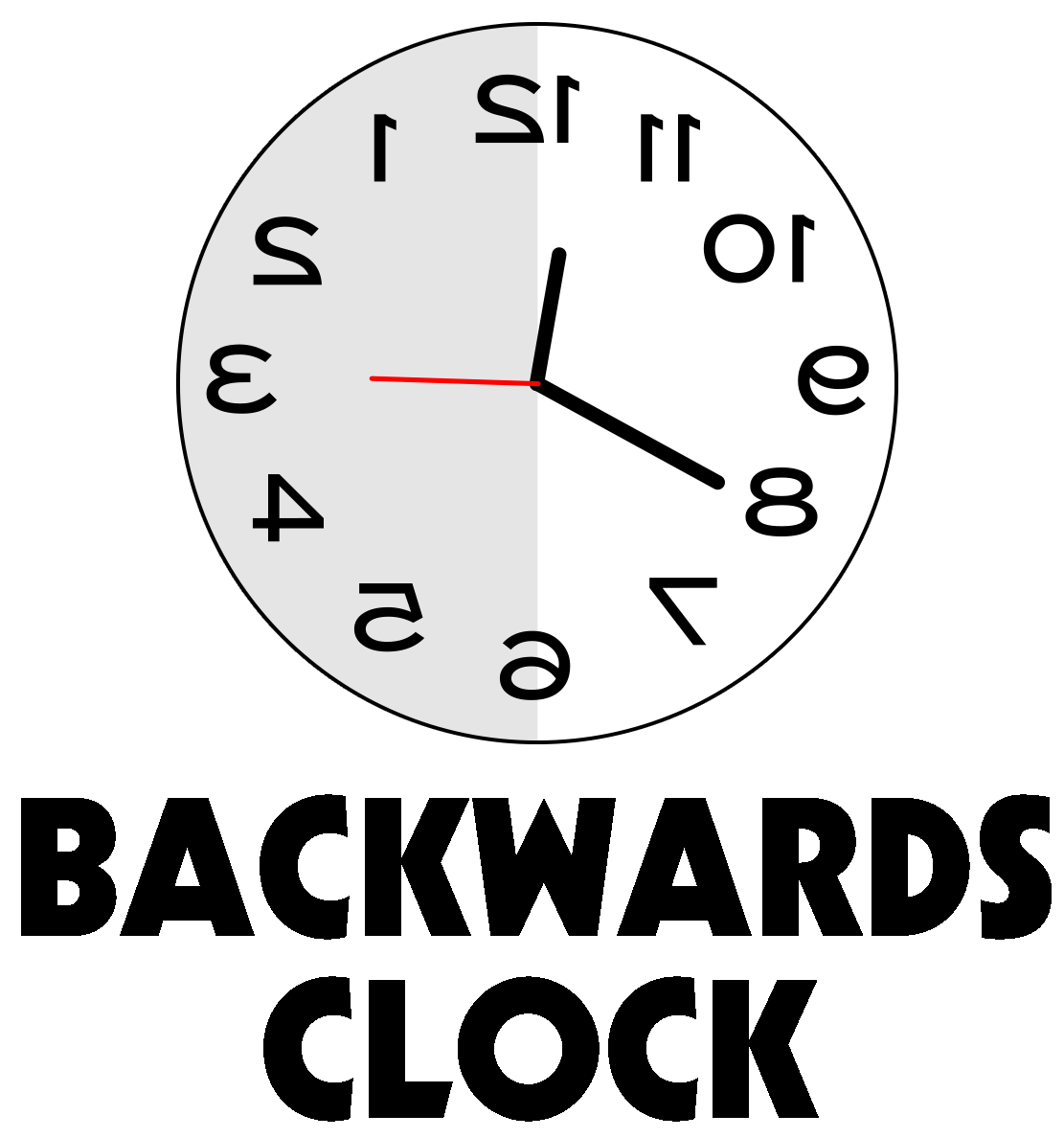Whether you’ve lost a track of your backwards clock time or you simply want to set it to the right time, it’s a simple process to do so. This article will provide you with some steps to follow to remove the clock, reset it, and adjust the hands to the correct time.
Removing the magnet element from the coil
Getting rid of the magnet element from the backwards wall clock coil is not as simple as removing the clock from the wall. You will need to be careful not to cause damage to the clock or to the coil. You should also be aware that the coil itself is not going to work as a timepiece.
The simplest way to remove the magnet from the backwards clock coil is to use a pair of scissors. You can use a right-hand rule to find the direction of the magnetic field in the coil. You should also use your thumb to point in the direction of the magnetic field inside the coil. You should also curl your right fingers around the coil in the direction of the current flow.
The shortest distance a magnet can travel through a coil without pulling it off the clock is the distance a magnet can travel without losing power. This can vary depending on the strength of the magnet and the speed at which it travels.
Adjusting the hands to the 6 o’clock position
Whether you want to adjust the hands to the 6 o’clock position on a reverse clock or a normal clock, it’s important to keep in mind that you need to be careful. Getting it wrong could lead to damage or broken components in the movement. It’s also important to know that clocks need to strike the full number of chimes for each hour. If you’re trying to set your clock, it’s important to know how to count the chimes and resynchronize the hands.
To reset your clock, you will need to push the crown back and then advance the hands to the next time period. You should never advance the hands too quickly if you’re resynchronizing. If you push the crown too quickly, you will desynchronize the clock and the chimes. You should also never move the hands past the 11 o’clock or 12 o’clock positions. Instead, you will want to bring the hands to the lower half of the dial. This will ensure that you stay out of the “Danger Zone”.
Removing the plastic cover over the face
Getting rid of the plastic cover over the face of a backwards clock will allow you to see the workings of the clock. This will help you to determine if the clock is working properly. It can also allow you to repair the clock.
The clock face is typically made of glass or a thin decorative metal. The clock movement is attached to the clock face from the back with screws and small nuts. The cover is a plastic cover that holds the internal clock mechanism in place.
To remove the clock face, first slide it out of the groove in the clock case. You will need to do this slowly and carefully to avoid damage. Alternatively, you can use a pocket knife to pry up the cover.
The clock face may have adhesive that holds it in place. If so, remove the adhesive using a paint scraper. You may also need to remove the small metal “U” shaped magnet. If you do this, be sure to not damage the center post.
